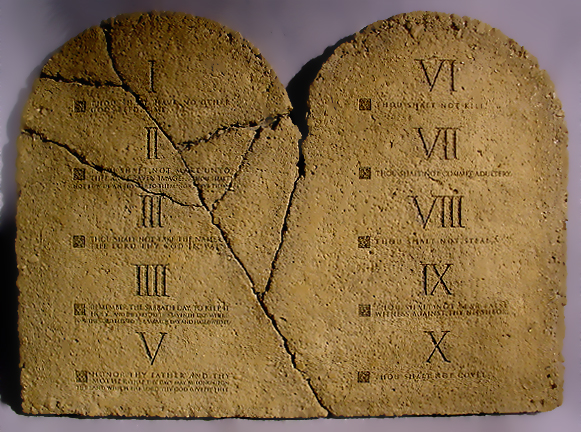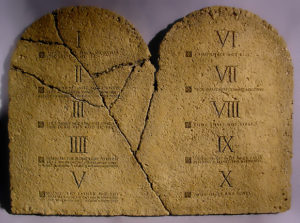Limitations of the Old Law (Part 1)
Many misunderstand the scope of authority of the Old Testament. It was misunderstood in the first days of Christianity as well. There are several illustrations given within the New Testament that exemplify the limited authority of the Old Testament. Let’s look at a few of those illustrations.
In Acts 15, Peter says that the Old Law was like a yoke that one is not able to bear. A yoke is a harness that is put over the shoulder of a beast of burden and used for pulling plows, hauling water, or some other task of manual labor. Peter said the disciples were not to be burdened with the yoke of the Law any more (Acts 15:10). Paul wrote in Galatians 5:1, “Stand fast therefore in the liberty wherewith Christ hath made us free, and be not entangled again with the yoke of bondage.” In contrast to the unbearable yoke of the Law, Jesus said that his yoke was easy (Matthew 11:30).
In Romans 7:1-4, Paul compares the Old Law to a dead husband. While the husband (the Old Law) lived, the wife was required to be joined to that husband. However, when the husband died, she is free to be married to a new husband—the law of Christ. Paul’s point is that just as a woman whose husband has died is free to remarry again, when the Old Law was nailed to the cross (Colossians 2:14) and put to death, God’s people are now free to be joined to a new law—Christ’s law—the New Testament.
In Galatians 4:1-6, the Old Law is compared to the tutor of an heir. However, once the heir comes of age, he has no more need for a tutor (the Old Law) and stands before the father as full heir and son.
God bless you, and I love you.
Kevin Cauley


